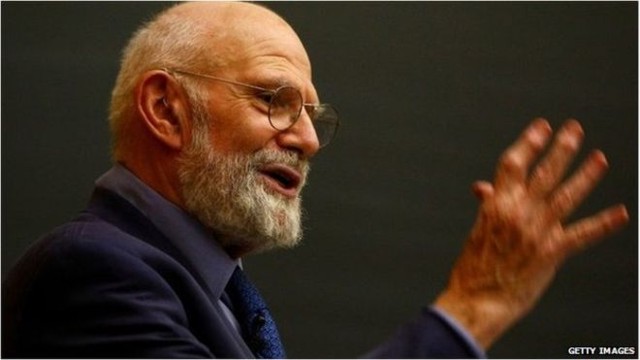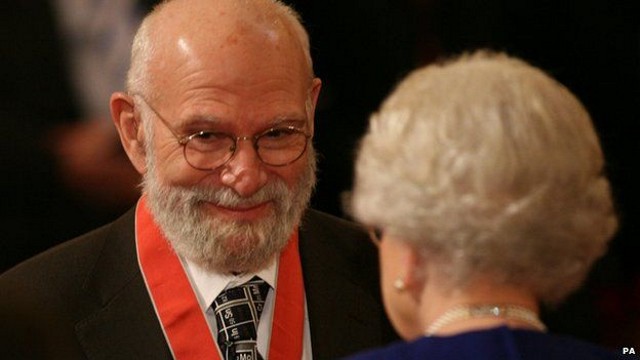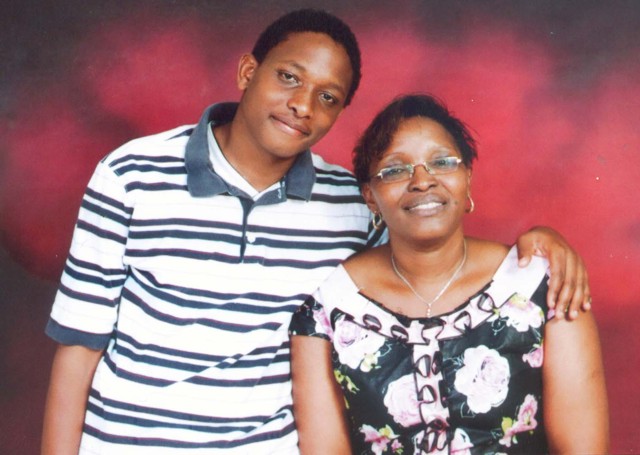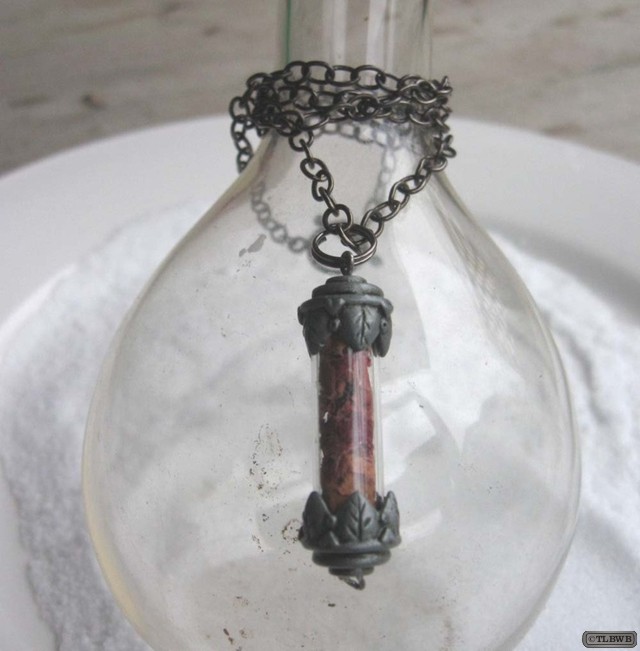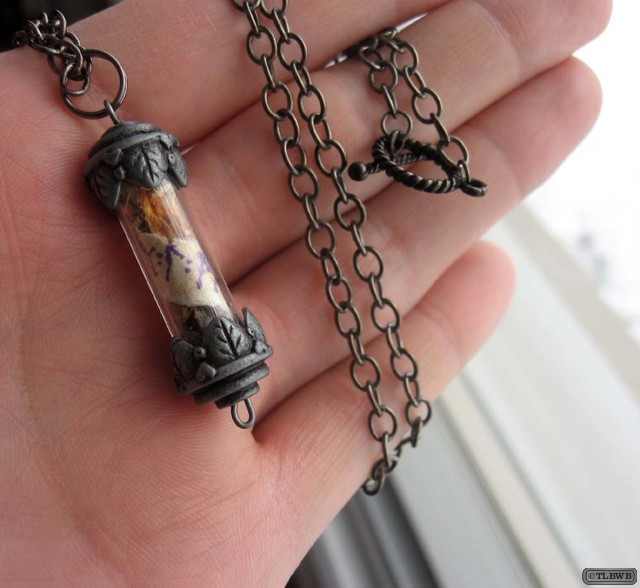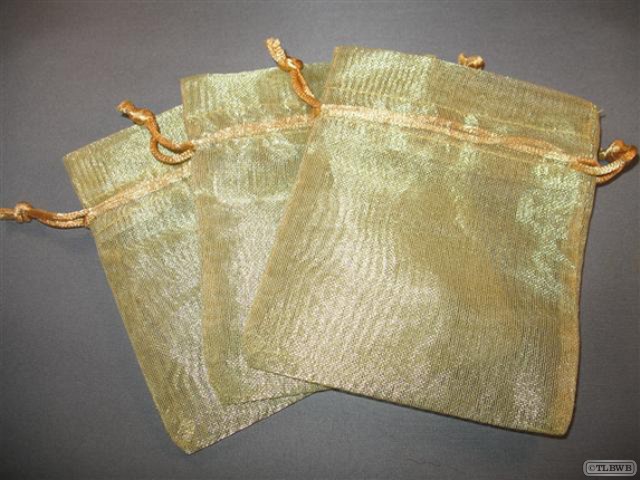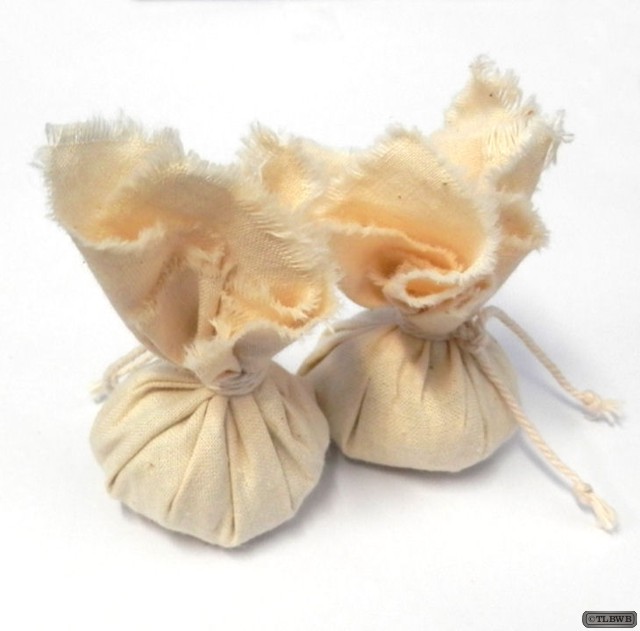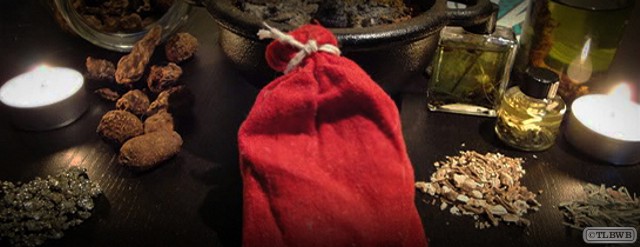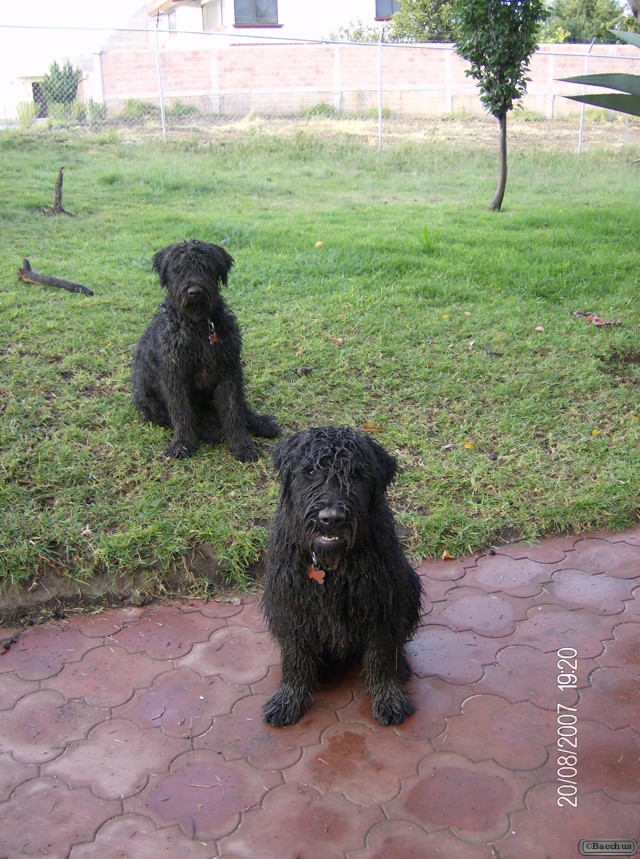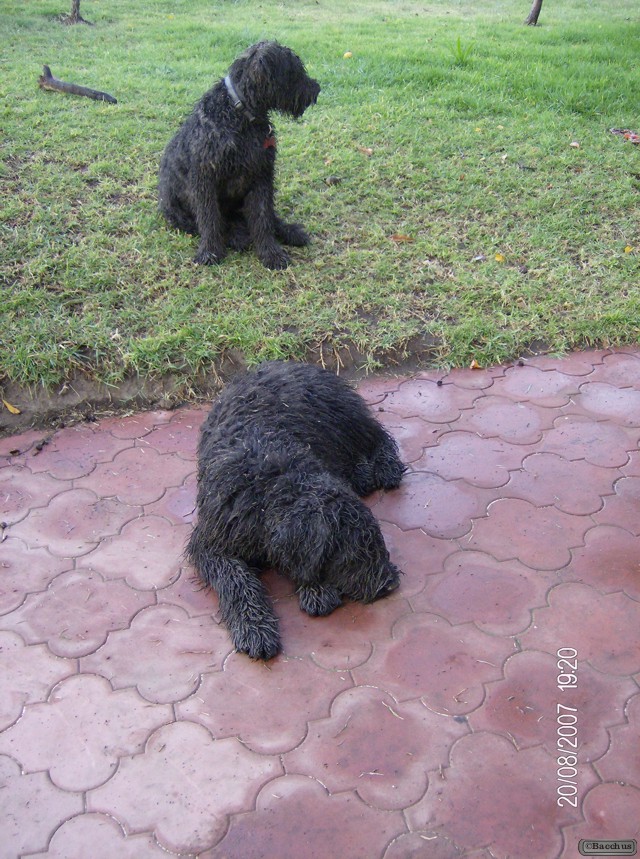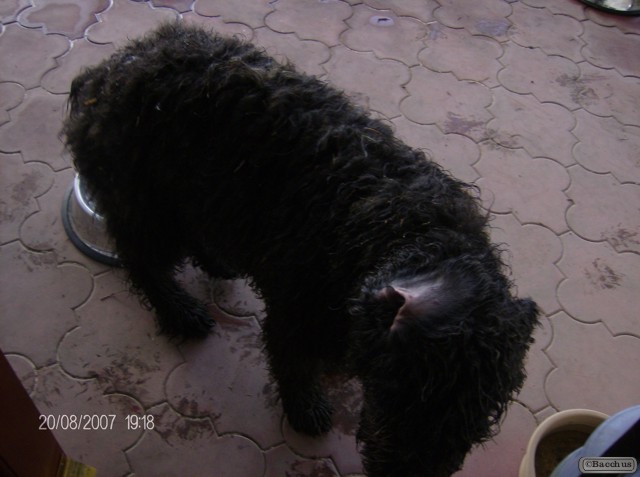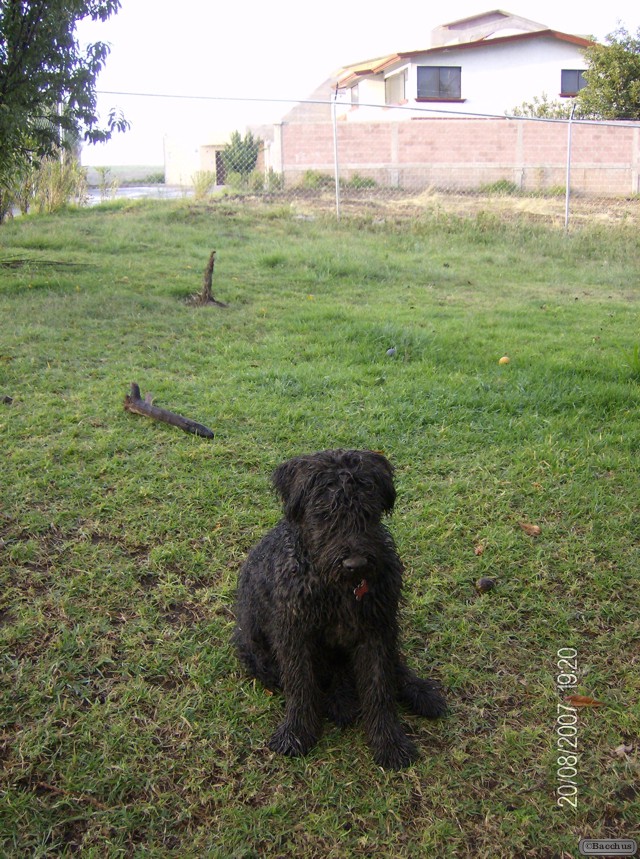British neurologist Oliver Sacks has died at the age of 82, it has been confirmed.
The acclaimed author, whose book Awakenings inspired an Oscar nominated film of the same name, reportedly died of cancer at his home in New York.
In February he wrote about his illness – and being “face to face with dying”.
His publicist Jacqui Graham paid tribute to Dr Sacks, saying he was “unlike anybody I have ever met”, while JK Rowling said he was “inspirational”.
Dr Sacks was best known for his writing, including his book Awakenings – his account of how he brought a group of patients “back to life” after they spent years in “frozen states” after an illness.
The film version, which starred Robert De Niro and Robin Williams, was nominated for three Academy Awards in 1991, including best picture.
Dr Sacks, who was born in London but had lived in New York since 1965, was also the author of several other books about unusual medical conditions, including The Man Who Mistook His Wife For A Hat and The Island Of The Colorblind.
He was awarded several honorary degrees recognising his contribution to science and literature, as well as a CBE in 2008 in the Queen’s Birthday Honours.
Mrs Graham told the BBC Dr Sacks was “unlike anybody else I’ve ever met”.
She said she received an email from his long-time PA saying the neurologist had “a very good death, in the same way that he’d had a very good life”.
Mrs Graham said: “He died surrounded by the things he loved and the people he loved, very peacefully, after an illness he had known about since January this year. He taught us a great deal, right up until the very end.
“He always taught us what it was to be human, and he taught us what it is to die.”
‘Humane, inspirational’
Paying tribute to Dr Sacks, she added: “To say he was unique is for once in the world true.
“He was completely himself – eccentric, but in a marvellous way. He was just completely full of love for life and very impish, and he was childish in the very best sense.”
Other tributes to the author have been paid on Twitter, including by the author JK Rowling, who called him “great, humane and inspirational”.
Biologist Richard Dawkins tweeted: “I met Oliver Sacks only twice, but greatly admired him. Sad to hear of his death.”
Dr Sacks earned a medical degree at Queen’s College, Oxford University, and later began working as a consulting neurologist for Beth Abraham Hospital, in the Bronx, New York, in 1966.
While there he encountered patients who had spent decades in frozen states, unable to initiate movement.
He recognised the patients as survivors of a pandemic of sleepy sickness that had swept the world from 1916 to 1927, and treated them with a then-experimental drug, L-dopa, which enabled them to regain consciousness.
They became the subjects of Awakenings and also later inspired a play by Harold Pinter – A Kind of Alaska.
In The Man Who Mistook His Wife for a Hat and An Anthropologist on Mars he described patients struggling to live with conditions ranging from Tourette’s syndrome to autism, epilepsy, phantom limb syndrome, schizophrenia, and Alzheimer’s.
He also investigated the world of deaf people and sign language in Seeing Voices, and a rare community of colour-blind people in The Island of the Colorblind.
More recently, he served as a professor of neurology and psychiatry at Columbia University Medical Centre from 2007 to 2012.
He was also a professor of neurology at the NYU School of Medicine.
Norma
Sam was an athletic 18-year old living in Kenya when he sustained a serious brain injury during a sporting accident.
Sam was an athletic 18-year old living in Kenya when he sustained a serious brain injury during a sporting accident. The injury resulted in aphasia and with little support in Kenya, Sam’s mother was desperate for help. She was frustrated that people saw her son as “stupid” and was deeply concerned as her son became increasingly depressed and hopeless about his future.
She contacted the Aphasia Institute and because of our international training program, we were able to connect Sam and his mother with a Speech-Language Pathologist in South Africa who had been trained in our methods. Sam is now beginning to see hope on the horizon.
Sam and his mother
Norma
René Descartes (31 March 1596 – 11 February 1650) was a French philosopher, mathematician, and scientist who spent most of his life in the Dutch Republic.
He has been dubbed the father of modern philosophy, and much subsequent Western philosophy is a response to his writings, which are studied closely to this day. In particular, his Meditations on First Philosophy continues to be a standard text at most university philosophy departments. Descartes’s influence in mathematics is equally apparent; the Cartesian coordinate system – allowing reference to a point in space as a set of numbers, and allowing algebraic equations to be expressed as geometric shapes in a two- or three-dimensional coordinate system (and conversely, shapes to be described as equations) – was named after him. He is credited as the father of analytical geometry, the bridge between algebra and geometry, crucial to the discovery of infinitesimal calculus and analysis. Descartes was also one of the key figures in the scientific revolution and has been described as an example of genius.
Descartes refused to accept the authority of previous philosophers, and refused to trust his own senses. He frequently set his views apart from those of his predecessors. In the opening section of the Passions of the Soul, a treatise on the early modern version of what are now commonly called emotions, Descartes goes so far as to assert that he will write on this topic “as if no one had written on these matters before”. Many elements of his philosophy have precedents in late Aristotelianism, the revived Stoicism of the 16th century, or in earlier philosophers like Augustine. In his natural philosophy, he differs from the schools on two major points: First, he rejects the splitting of corporeal substance into matter and form; second, he rejects any appeal to final ends – divine or natural – in explaining natural phenomena. In his theology, he insists on the absolute freedom of God’s act of creation.
Descartes laid the foundation for 17th-century continental rationalism, later advocated by Baruch Spinoza and Gottfried Leibniz, and opposed by the empiricist school of thought consisting of Hobbes, Locke, Berkeley, and Hume. Leibniz, Spinoza and Descartes were all well versed in mathematics as well as philosophy, and Descartes and Leibniz contributed greatly to science as well.
His best known philosophical statement is “Cogito ergo sum” (French: Je pense, donc je suis; I think, therefore I am), found in part IV of Discourse on the Method (1637 – written in French but with inclusion of “Cogito ergo sum”) and §7 of part I of Principles of Philosophy (1644 – written in Latin).
Luc Paquin
A vial (also known as a phial or flacon) is a small glass or plastic vessel or bottle, often used to store medication as liquids, powders or capsules. They can also be used as scientific sample vessels; for instance, in autosampler devices in analytical chromatography. Vial-like glass containers date back to classical antiquity; modern vials are often made of plastics such as polypropylene.
Design
There are several different types of commonly used closure systems, including screw vials (closed with a screw cap or dropper/pipette), lip vials (closed with a cork or plastic stopper) and crimp vials (closed with a rubber stopper and a metal cap). Plastic vials can have other closure systems, such as flip-tops or snap caps. A vial can be tubular, or have a bottle-like shape with a neck. The volume defined by the neck is known as the headspace. The bottom of a vial is usually flat, unlike test tubes, which have usually a rounded bottom. The small bottle-shaped vials typically used in laboratories are also known as bijou or McCartney’s bottles. The bijou bottle tends to be smaller, often with a volume of around 10 milliliters.
Wiccan
Instead of using bags or sachets to hold charms and power objects you may use tiny glass bottles. The items inside are visible and may be layered or suspended in oil or seeds. A cord or string may be attached so that the bottle can be worn or hung up.
This little vial holds a tiny protection runescript, combined with carefully selected gemstones and herbs believed in Wiccan and Pagan traditions to guard the wearer from negativity and harm, be it physical, emotional or spiritual. Wear as an amulet or hang in the home.
The pendant will be on a gunmetal chain in the length of your choice. This necklace comes ready for gift giving, in an organza bag alongside a tea-stained little scroll explaining the purpose of the pendant, as shown in the picture. I also include instructions on how to use your amulet, such as cleansing and empowering. While I create all of my spell items with serious intent and focus for you, it is also very important that you connect your own energy to it as well.
The Lost Bearded White Brother
Chinese Martial Arts
“Martial Morality”
Traditional Chinese schools of martial arts, such as the famed Shaolin monks, often dealt with the study of martial arts not just as a means of self-defense or mental training, but as a system of ethics. Wude can be translated as “martial morality” and is constructed from the words wu, which means martial, and de, which means morality. Wude deals with two aspects; “morality of deed” and “morality of mind”. Morality of deed concerns social relations; morality of mind is meant to cultivate the inner harmony between the emotional mind (Xin) and the wisdom mind (Hui). The ultimate goal is reaching “no extremity” (Wuji) – closely related to the Taoist concept of wu wei – where both wisdom and emotions are in harmony with each other.
Virtues:
Deed
- Humility: Qian
- Virtue: Cheng
- Respect: Li
- Morality: Yi
- Trust: Xin
Mind
- Courage: Yong
- Patience: Ren
- Endurance: Heng
- Perseverance: Yi
- Will: Zhi
Luc Paquin
Aurora was a family physician with a busy practice when she suffered a massive stroke in 2006. “This place (Aphasia Institute) has given us hope and a support system”.
Aurora was a family physician with a busy practice when she suffered a massive stroke in 2006. Hoping that the Aphasia Institute might be able to help his wife, her husband Buddy brought an unresponsive Aurora to the Institute’s Introductory Program. Aurora sat slumped in her wheelchair, barely looking at her communication partner throughout the first session but over the course of the program, glimmers of hope began to emerge. Volunteers and staff were able to engage Aurora and prompt her to look up when in conversation – she even started initiating chats.
Through supportive Institute programs, Aurora and Buddy worked together to develop new skills and today Aurora continues to thrive, communicating her thoughts and asserting her desires and wants at home. Although their lives have been forever changed, “this place (Aphasia Institute) has given us hope and a support system,” says Buddy.
Aurora and Buddy
Norma
Chinese Martial Arts
Wushu
The word wu is translated as ‘martial’ in English, however in terms of etymology, this word has a slightly different meaning. In Chinese, wu is made of two parts; the first meaning “stop” (zhi) and the second meaning “invaders lance” (je). This implies that “wu’” is a defensive use of combat. The term “wushu” meaning “martial arts” goes back as far as the Liang Dynasty (502-557) in an anthology compiled by Xiao Tong, (Prince Zhaoming; d. 531), called Selected Literature (Wenxian). The term is found in the second verse of a poem by Yan Yanzhi titled: “Huang Taizi Shidian Hui Zuoshi”.
- “The great man grows the many myriad things . . .
Breaking away from the military arts,
He promotes fully the cultural mandates.”
(Translation from: Echoes of the Past by Yan Yanzhi (384-456))
The term wushu is also found in a poem by Cheng Shao (1626-1644) from the Ming Dynasty.
The earliest term for ‘martial arts’ can be found in the Han History (206BC-23AD) was “military fighting techniques” (bing jiqiao). During the Song period (c.960) the name changed to “martial arts” (wuyi). In 1928 the name was changed to “national arts” (guoshu) when the National Martial Arts Academy was established in Nanjing. The term reverted to wushu under the People’s Republic of China during the early 1950s.
As forms have grown in complexity and quantity over the years, and many forms alone could be practiced for a lifetime, modern styles of Chinese martial arts have developed that concentrate solely on forms, and do not practice application at all. These styles are primarily aimed at exhibition and competition, and often include more acrobatic jumps and movements added for enhanced visual effect compared to the traditional styles. Those who generally prefer to practice traditional styles, focused less on exhibition, are often referred to as traditionalists. Some traditionalists consider the competition forms of today’s Chinese martial arts as too commercialized and losing much of its original values.
Luc Paquin
A bag that has been sewn together is called a “sachet”. A sachet is usually made of muslin and may be cut into any shape (to suit the magic), such as a heart or a star before it’s sewn together. Sachets usually contain only botanical materials such as herbs and flowers.
Here are a few examples of herbs that you could use:
- Cedar: Female energy and protection
- Cinnamon: Protection and love
- Mint: Protection and luck
- Nutmeg: Luck and fidelity
- Rose Petals: Love
- Sage: Cleansing, healing and protection
Bags and sachets may be decorated with symbols or pictures that are relevant to the magic such as:
- Astrological Symbols
- Letters
- Numbers
- Pictures of Animals
- Pictures of Mythic Animals
- Pictures of Sacred Beings
- Religious Symbols
- Runes
- Sigils
The Lost Bearded White Brother
Chinese Martial Arts
Training
Forms
Controversy
Even though forms in Chinese martial arts are intended to depict realistic martial techniques, the movements are not always identical to how techniques would be applied in combat. Many forms have been elaborated upon, on the one hand to provide better combat preparedness, and on the other hand to look more aesthetically pleasing. One manifestation of this tendency toward elaboration beyond combat application is the use of lower stances and higher, stretching kicks. These two maneuvers are unrealistic in combat and are used in forms for exercise purposes. Many modern schools have replaced practical defense or offense movements with acrobatic feats that are more spectacular to watch, thereby gaining favor during exhibitions and competitions. This has led to criticisms by traditionalists of the endorsement of the more acrobatic, show-oriented Wushu competition. Even though appearance has always been important in many traditional forms as well, all patterns exist for their combat functionality. Historically forms were often performed for entertainment purposes long before the advent of modern Wushu as practitioners have looked for supplementary income by performing on the streets or in theaters. As documented in ancient literature during the Tang Dynasty (618-907) and the Northern Song Dynasty (960-1279) suggest some sets, (including two + person sets: dui da also called dui lian) became very elaborate and ‘flowery’, many mainly concerned with aesthetics. During this time, some martial arts systems devolved to the point that they became popular forms of martial art storytelling entertainment shows. This created an entire category of martial arts known as Hua Fa Wuyi. During the Northern Song period, it was noted by historians this type of training had a negative influence on training in the military.
Many traditional Chinese martial artists, as well as practitioners of modern sport combat, have become critical of the perception that forms work is more relevant to the art than sparring and drill application, while most continue to see traditional forms practice within the traditional context – as vital to both proper combat execution, the Shaolin aesthetic as art form, as well as upholding the meditative function of the physical art form.
Another reason why techniques often appear different in forms when contrasted with sparring application is thought by some to come from the concealment of the actual functions of the techniques from outsiders.
Luc Paquin
